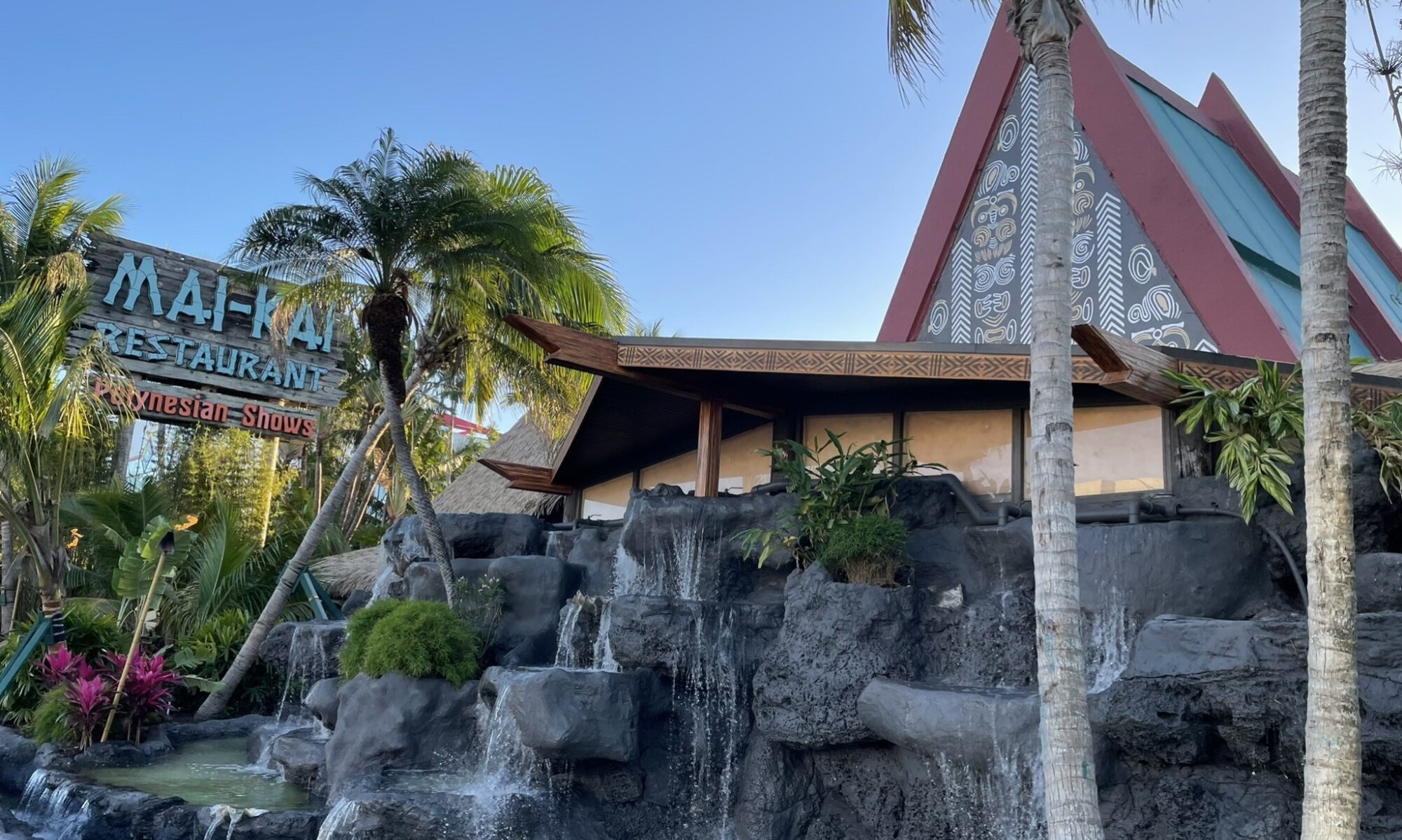Updated August 2020
See below: Our Mai Tai review | Tribute recipe UPDATED
Related: The off-menu Suffering Bastard was just a Mai Tai with a kick
What could be Cooler than a Mai Tai history lesson? | Mai-Kai cocktail guide
More than 75 years after its invention, the Mai Tai is widely hailed as the definitive tropical drink. You’ll get some arguments from Zombie fans like myself, but there’s no denying that the Mai Tai is one of the world’s most popular and distinctive cocktails, period.

Much has been written about how to make an “authentic” Mai Tai, as created by Victor “Trader Vic” Bergeron, circa 1944. Tiki cocktail author and historian Jeff “Beachbum” Berry has a very concise history lesson and recipe posted here. As the Bum points out, the argument over who really invented the drink persists to this day.
We subscribe to Berry’s theory that Trader Vic created the Mai Tai after tasting a Don the Beachcomber drink with a similar flavor profile called the Q.B. Cooler. Donn Beach, who created the Tiki bar concept in 1934 in Los Angeles, also had a drink called the Mai Tai Swizzle, but it was gone from the menu by 1937. It’s widely accepted that Vic frequented Don the Beachcomber in Hollywood before opening his first Trader Vic’s in Oakland. Could he have lifted the name from one drink and the flavor profile from another in creating his Mai Tai?
It’s entirely possible, but that has nothing to do with The Mai-Kai, or its version of the Mai Tai. The Mai-Kai already serves a descendant of the Q.B. Cooler called the K.O. Cooler (See our previous review). If you’re looking for the taste of a proto Trader Vic’s Mai Tai, try the K.O. Cooler.
The Mai Tai served at The Mai-Kai is one of many variations created in the wake of the success of the original drink. You’ll find some good examples from vintage Tiki restaurants in Beachbum Berry’s cocktail books and app, including the Bali Hai Mai Tai, Damon’s Mai Tai, Kon-Tiki Mai Tai and Surf Room Mai Tai. Until recently, many bars offered an inferior or bastardized copy. But the Tiki and craft cocktail movements have resulted in a much more creative atmosphere, especially where the Mai Tai is concerned. Check out the links below for examples:
* Florida bartender wins Chairman’s Reserve Mai Tai Challenge at The Mai-Kai
* More Mai Tai recipes on The Atomic Grog

In the mid-century, however, The Mai-Kai was not quick to jump on the Mai Tai bandwagon. The cocktail has not been spotted on a menu before 1970 (see image). It’s missing from all previous menus in our collection, including this one from 1966.
At first, it was likely an off-menu drink made upon request, like the Scorpion and Suffering Bastard, two other Trader Vic’s classics popular with many guests. The latter finally made it to The Mai-Kai’s menu during the last major update in 2018.
Rather than copying Vic’s recipe, Mai-Kai mixologist Mariano Licudine put his own spin on the Mai Tai (and Suffering Bastard), owing to his roots as one of Don the Beachcomber’s early Filipino barmen. He worked behind one of Donn Beach’s original Hollywood bars in 1939 before becoming assistant bar manager at the Chicago location during his years there (1940-1955). He joined The Mai-Kai as bar manager in 1956, crafting its opening day menu with owners Bob and Jack Thornton.
Continue reading “Mai-Kai cocktail review: Trade in Vic’s Mai Tai for this classic”

























